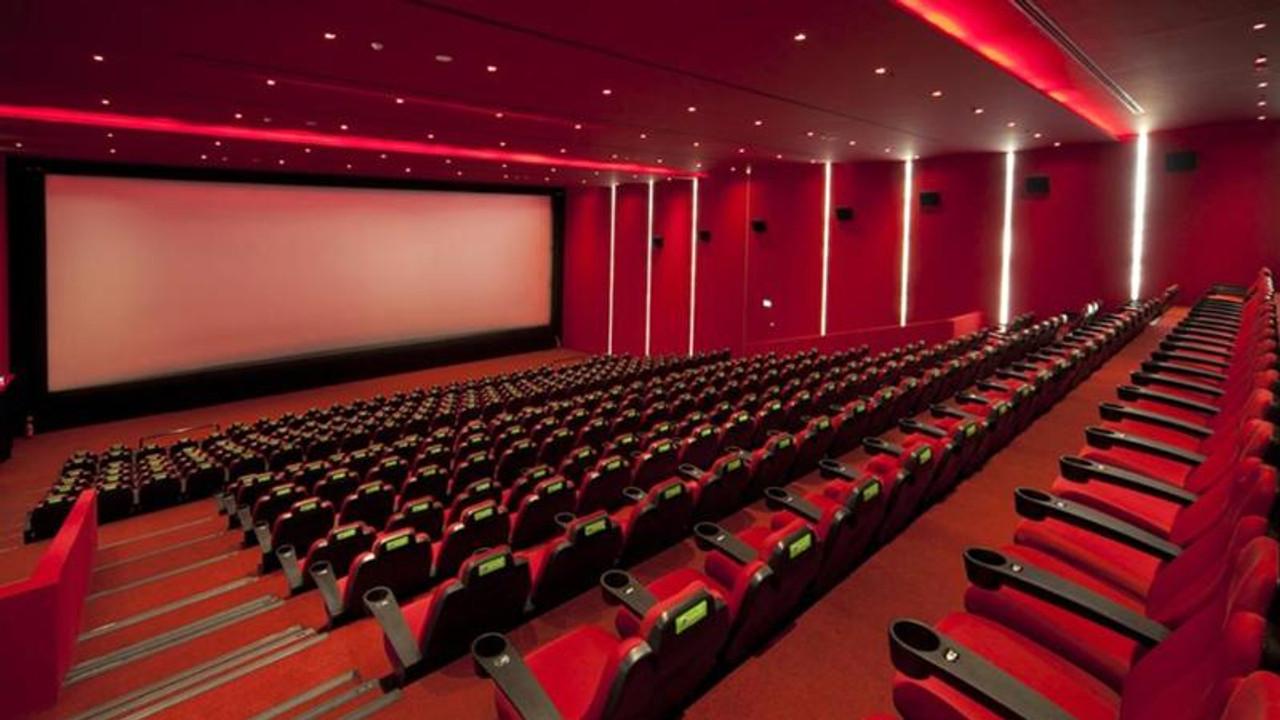
In a cinema hall, sound, lighting, and visuals can be perfect. However, if the air is heavy, there is a constant hum, or the environment is too hot or cold, viewer comfort is compromised. This can lead to decreased satisfaction, loss of customers, and negative reviews.
To create a quiet, efficient, comfortable, and hygienic indoor environment, HVAC systems must be properly planned, operated correctly, and periodically inspected.
1. Why is Quiet HVAC Essential in Cinema Halls?
Cinema halls are acoustically sensitive spaces. Specifically:
-
Hum from ducts can be heard during quiet scenes.
-
Fan vibrations or airflow noise can break the silence.
-
These distractions cause attention loss and discomfort for viewers.
Noise Sources:
-
High-speed fans
-
Turbulence inside ducts
-
Grille and diffuser errors
-
Motor vibrations
2. Technical Solutions for Silence
-
Use of quiet fan-coils or air handling units
-
Acoustic insulation in ducts with sound-absorbing materials
-
Maintain air velocity below 2–3 m/s
-
Install devices with vibration isolators
-
Rounded turning sections in duct changes
-
Recommended total system noise level: 25–30 dB(A)
3. Heating-Cooling Balance for Comfort
Cinema halls typically:
-
Have high occupant density
-
Generate significant heat from lighting and equipment
-
Require low airflow for quietness
Solution:
-
Adjust airflow according to load using VAV (Variable Air Volume) systems
-
Evenly distribute cooling loads in summer and use zonal control in winter
-
Create dual zones for front and rear of the hall
-
Use digital thermostats for precise temperature monitoring
4. Fresh Air and CO₂ Control
In a closed hall, prolonged occupancy increases oxygen consumption and CO₂ accumulation.
Effects:
-
Headache
-
Fatigue
-
Perception of stale air
-
Reduced customer satisfaction
Solution:
-
Provide 15–20 m³/h of fresh air per person
-
Use CO₂ sensors to automatically adjust fresh air ratio
-
Support fresh air intake with heat recovery units (saves energy)
5. Air Distribution and Perceived Comfort
In cinema halls:
-
Direct air blowing on seats can be uncomfortable
-
Complaints like “air is present, but we don’t feel it” can occur
Proper Air Distribution:
-
Position diffusers and grilles on ceilings or upper walls
-
Provide low-velocity air distribution
-
Modulate airflow according to occupant density
6. Energy Efficiency Considerations
| Application | Description |
|---|---|
| Heat recovery units | Preheat/cool fresh air using energy from exhaust air |
| Time-controlled operation | Turn system on/off according to show schedules |
| CO₂ sensor-controlled fresh air | Fans operate at low flow in empty halls |
| Energy monitoring systems | Monthly consumption reports to identify savings points |
7. Importance of Maintenance and Cleaning
-
Neglected drain pan → mold and bacteria growth
-
Clogged filters → reduced airflow and higher energy consumption
-
Dust accumulation → unpleasant odors and allergens
Minimum Maintenance Periods:
-
Filter check: Monthly
-
Fan, drain, sensor cleaning: Every 3 months
-
Airflow and CO₂ measurement: Every 6 months
8. How Proper HVAC Contributes to Cinema Operations
-
Increases customer comfort → more sessions, longer stays
-
Enhances viewer experience → positive reviews, repeat visits
-
Ensures healthier work environment for staff → higher productivity
-
Reduces complaints → lowers customer service load
-
Saves energy → reduces costs, increases profitability
Invisible Comfort Shapes the Cinema Experience
HVAC systems in cinema halls do more than control temperature. They provide comfort, air quality, health, and silence simultaneously. An invisible system subtly attracts customers back to the theater.
Remember: “A good cinema experience is hidden not just on the white screen, but in the airflow.”
İlker KURAN
Alperen Mühendislik Ltd. Şti.







